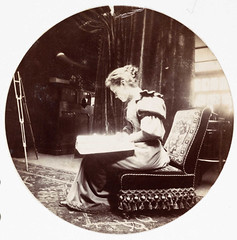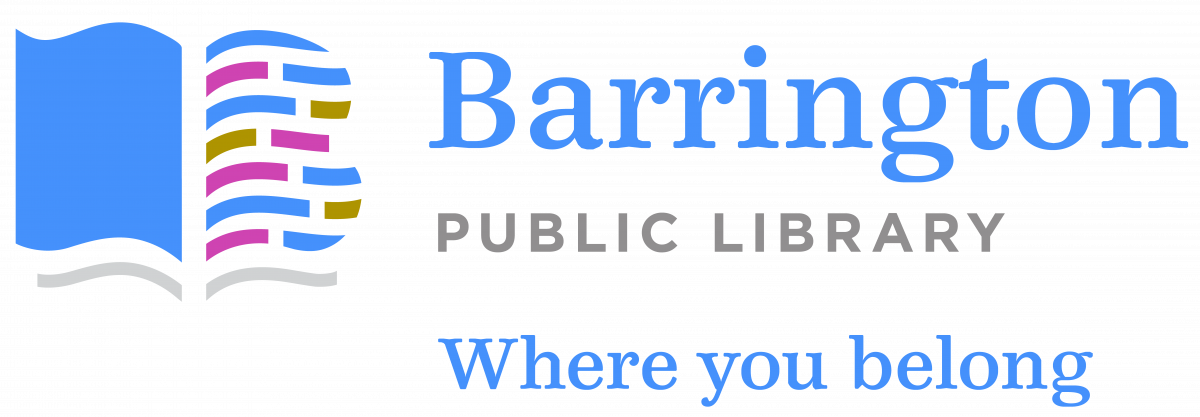
NEW WOMEN’S FICTION BOOKLIST
A short definition of women’s fiction might be: stories about women’s lives, for women readers, and (with a handful of exceptions) by women authors.
In general, the books most frequently considered women’s fiction feature a woman protagonist on an emotional journey of self-discovery and/or empowerment. Very occasionally, this relationship-centered story features a man or a boy as the protagonist.
Women’s fiction may be popular (referred to by publishers as commercial or mainstream) or literary. Popular women’s fiction is distinguished from straight romance by its greater length, deeper characterization, multi-layered plots and sometimes multi-generational stories. In addition, a heroine may be more afraid to commit, bound by the past, driven by work, imperfectly socialized, or otherwise flawed, than usual in romance. She is often older and both more ambivalent about the romantic interest or spouse and more consumed by relationships with children, parents, friends, or siblings, than in romance.
Most importantly, in women’s fiction there tends to be more exploration of loss and a less happy ending. Nonetheless, final resolutions in popular women’s fiction are heart-warming and uplifting.
A sub-genre of popular women’s fiction is chick-lit, humorous coming-of-age stories in which single young women find their path through work and life in the big city. Variations feature older women.
Literary women’s fiction is loosely distinguished from popular women’s fiction by its more complex diction and/or story structure. True tragic endings move a work from “women’s” into general literary fiction. The distinction between literary women’s fiction and general literary fiction is particularly blurred because much of contemporary American literary fiction (especially outside of university programs) springs from the domestic dramas of Jane Austin, Henry James and the Tolstoy of Anna Karenina. This is less true of the rest of the world’s literary fiction, where forms like magical realism and modernist presentations are more heavily represented.
Classic Authors:
Elizabeth Cadell
Mary McCarthy
Rosamunde Pilcher
Helen Van Slyke
Popular Authors:
Mary Kay Andrews
Elizabeth Berg
Maeve Binchy
Barbara Taylor Bradford
Barbara Delinsky
Richard Paul Evans
Katie Fforde
Fannie Flagg
Dorothea Benton Frank
Patricia Gaffney
Kristin Hannah
Jane Heller
Debbie Macomber
Lorna Landvik
Elinor Lipman
Jodi Picoult
Jeanne Ray
Luanne Rice
Anne Rivers Siddons
Lee Smith
Nicholas Sparks
Danielle Steel
Nancy Thayer
Adriana Trigiani
Joanna Trollope
Jennifer Weiner
Chick Lit
Meg Cabot
Jane Green
Marian Keyes
Sophie Kinsella
Sarah Mlynowski
Literary
Christopher Bohjalian
Jane Hamilton
Ann Harleman* (Rhode Island Writer)
Ann Hood * (Rhode Island Writer)
Hester Kaplan * (Rhode Island Writer)
Sue Miller
Anna Quindlen
Anita Shreve
Reference: NoveList




